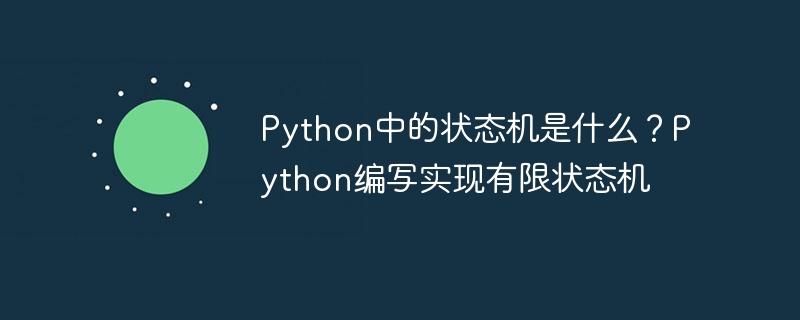

A state machine is a behavioral model that defines how an object responds to events. In Python, state machines are typically implemented as finite state machines (FSM). FSM is a mathematical calculation model that can be used to design digital logic circuits and computer programs. It consists of a set of states, transitions between states, and operations performed when transitions occur.
Finite state machine (FSM) can be represented as a directed graph, with states represented as nodes and transitions represented as edges. Edges are labeled with events that trigger transitions, and actions are associated with the edges.
When we create a state machine, the module creates a special set of properties for each state that exists in the machine. We can use instances and properties to check if the property is applicable to the state.
class StateMachine:
def __init__(self):
self.handlers={}
self.startState=None
self.endStates=[]
def add_state(self,name,handler,end_state=0):
name=name.upper()
self.handlers[name]=handler
if end_state:
self.endStates.append(name)
def set_start(self,name):
self.startState=name.upper()
def run(self,cargo):
try:
handler=self.handlers[self.startState]
except:
raise InitializationError("must call.set_start()before.run()")
if not self.endStates:
raise InitializationError("at least one state must be an end_state")
while True:
(newState,cargo)=handler(cargo)
if newState.upper()in self.endStates:
print("reached",newState)
break
else:
handler=self.handlers[newState.upper()]The above is the detailed content of Understand state machines in Python and how to implement them. For more information, please follow other related articles on the PHP Chinese website!




